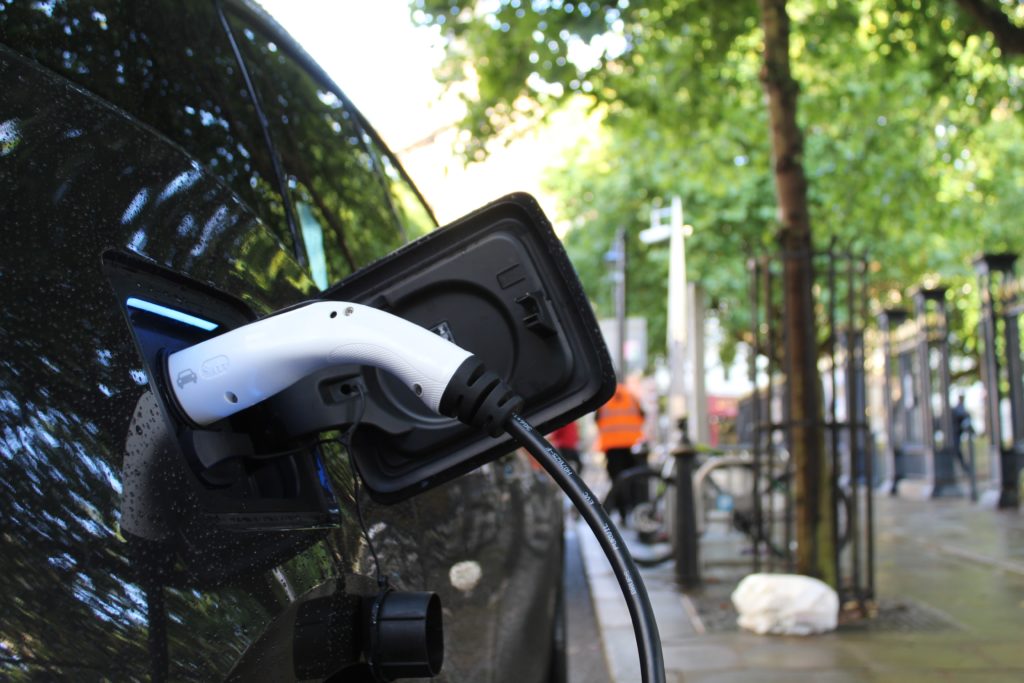Us humans are really good at getting places. Nowadays, we do it both for fun and for necessity – and sometimes the line between fun and necessity is very blurry. There is no shame in traveling and wanting to go places! But how we do so has an impact on our climate, so it is worth considering how we travel, and how much we do so.
The average Swede is responsible for emitting 1.64 tonnes of CO2 from travels every year – excluding international flights. The estimate for Germans is slightly lower – 1.56 tonnes. To reduce this number by 50% every decade can be tackled in two ways: reducing the number and distance of our journeys, and traveling by more climate-friendly modes. Using both strategies and adjusting our behavior as well as reducing the climate impact of our vehicles will take us all the way, literally!

What are the best ways to get around?
The zero emission options are walking and biking (obviously). Sure, producing bikes and shoes has a carbon footprint, but compared to all other means of transportation, it’s minimal. And if you take good care of your bike, it will last for decades! If you know how to bike and live in an area where it is safe enough to do so, it is also a healthy means of transportation. If you plan your trip using a service like google maps, you can see how long it takes you to get places by foot or by bike and in cities, it is often not much more than other alternatives. If the weather allows, this is a good option!
If walking or biking is not possible, the second best option is public transport. The big win here is that the emissions are shared with other travelers, but also that the number of vehicles used is significantly reduced. A standard bus can carry 50 passengers, so even if it’s only half full, it reduces congestion on the roads, and we need less cars! General emission per person traveling on a local bus is 90 grams of CO2 per km, and 30 grams for coach (long distance bus). If there is a rail option, that’s even less: 30 grams per passenger km for metro (London Underground) and 35 grams for light rail and tram. For long distance trains the emissions are 40 grams per passenger km in the UK, and only 6 gram for international trains. This depends on the energy source for the trains: in Sweden, almost all trains run on renewable energy, whereas in Germany many regional railways still operate on diesel.

Does it really make a difference?
How does this compare to a car? The average diesel car in the EU emits 146 g co2 per km! This is five times more than taking the metro and 1,5 times as much as the local bus. And petrol (gasoline) cars are on par with that, at 148 g co2 per km in the EU. It is worth noting, however, that cars in the US emit significantly more – 252 g co2 per km, or 404 g co2 per mile. This is because the average car in the US is larger and consumes more gasoline than cars in the EU. The same is true for the Australian car fleet.
Commuting to work, 20 km per day 5 days per week for 47 weeks per year would thus result in:
- 141 kg co2e by metro
- 423 kg co2e by local bus
- 701 kg co2e by diesel car (EU – 1 passenger)
- 1210 kg co2e by gasoline car (USA – 1 passenger)
Drive in a better way?
What can be done about this? First of all, try to avoid unnecessary driving. If you have to go by car because there is no public transport, see if you can share the ride with someone, or plan your errands efficiently. If you are anyways going to the supermarket, maybe your neighbor could need a ride too, or just a bag of oranges? Another option is to join a carpool – there are even alternatives offering electric cars! For less frequent drives and especially in larger cities, this can be a great option.
Moreover, we need to use cars that are not as bad for the climate! If you can, using an electric car and running it on renewable energy is the best option. There are other alternative fuels that are also better for the climate than diesel and gasoline – see if you can find HVO (hydrogenated vegetable oil), FAME (Fatty Acid Methyl Ester) or CNG (Compressed Natural Gas).

This post has covered everyday travels, but also check out the post on long-distance traveling.
Curious to know more about your carbon footprint? Read the other posts in this series:
Me and my carbon footprint
What is a “carbon footprint”?
The carbon footprint of a home
The carbon footprint of a diet
The carbon footprint of our traveling
The carbon footprint of long distance traveling
The carbon footprint of shopping
The carbon footprint of public consumption
Or go to www.goclimate.com to calculate your carbon footprint now!